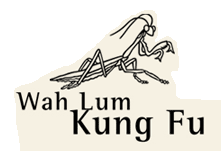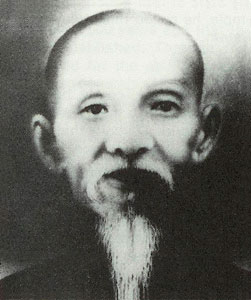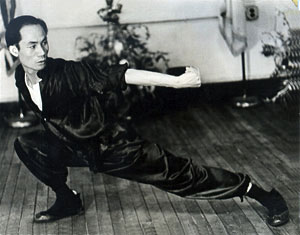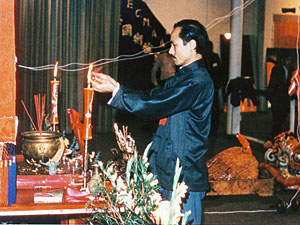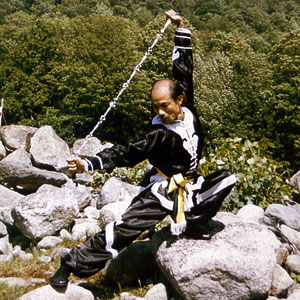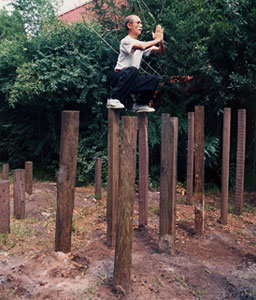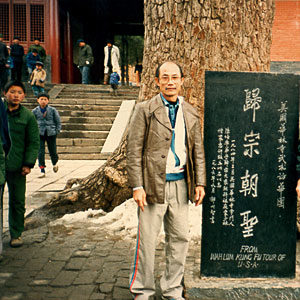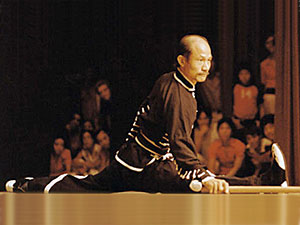
History Of Wah Lum Tam Tui Praying Mantis Style (Part 1)
The Praying Mantis styles of Kung Fu originated in the Shaolin monastery about 350 years ago, between the Ming and Ching Dynasties. Wong Long, a student at the Shaolin Temple, created the praying mantis style after watching a praying mantis and a cicada fight. He was fascinated by the aggressiveness, speed and strength of the apparently over-matched mantis. No matter how valiantly the cicada fought, the mantis was able to defend and counterattack, eventually winning the battle. This led to the development of the Praying Mantis Style of Kung Fu, with its characteristic strong and rapid movements. It is unclear how the style was passed on through the second and third generations, but the fourth generation successor was Ching Yeung, Abbott of the Wah Lum Monastery of Ping To District in Shantung Province.
In the early 1900’s an already accomplished martial artist by the name of Lee Kwan Shan entered into the Wah Lum Monastery. There he committed himself to an arduous ten-year discipleship in the Praying Mantis system. When Master Lee left the temple he travelled widely, eventually settling down at Sha Cheng village in Canton province. It was there that he combined his Praying Mantis Style with his own family system, the Tam Tui (seeking leg) style. Lee Kwan Shan’s style was noted for his long fist forms, spear and pole techniques, and whirling broadsword skills. Before his death in 1948 Lee accepted his youngest and last disciple, Pui Chan.
© Copyright 2009
Wah Lum Kung Fu.
Created by
Screenclick and
Nova Design.
